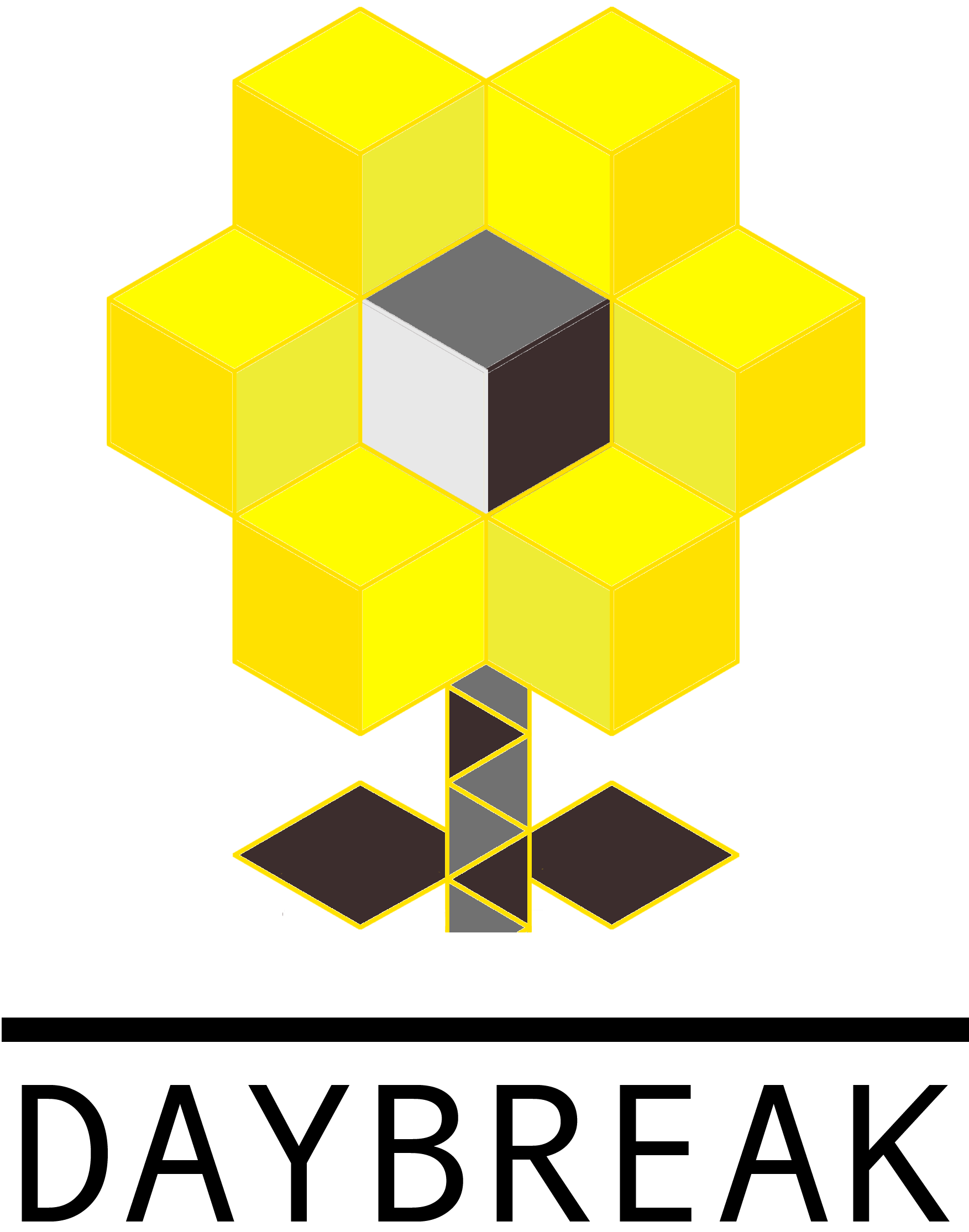The Sunflower Movement took Taiwan by storm in March 2014. Three years later, Taiwan is a changed landscape. Since then, we have seen the third transition of political power in Taiwan, including the first time that the KMT lost power of Taiwan’s legislature, and the first time a non-KMT political party has controlled both the presidency and the legislature at the same time.
Can we account this to the Sunflower Movement, then? Both yes and no.
Social movements as the Sunflower Movement bubble into existence and are electrifying of society, but disappear equally fast. The deeper roots of social movements originate in longstanding social discontents. And so while in retrospect, they seem like a sudden explosion, they are ultimately expressive of longer, protracted developments. Social movements do not materialize out of nowhere.
It is often hard to point the lasting, tangible traces of social movements. Social movements can have a powerful effect in radically shifting the discourse of a society. Certainly, that was true of the Sunflower Movement, as the largest social movement in Taiwan since the Wild Lily Movement (野百合運動) which was a crucial event in Taiwan’s democratization. The Sunflower Movement spotlighted issues of Chinese encroachment on Taiwanese sovereignty, as accomplished through China’s proxy intermediaries in the KMT and the Ma administration. But is the influence of social movements confined to changing in political discourse only?
It is for this reason that some view the concrete effects as confined to changes to government policy. Certainly, this view is backed up if we see the concrete effects of the Sunflower Movement as being the election of Tsai Ing-Wen (蔡英文) as president of Taiwan and the DPP victory in legislature. Some of the Sunflower Movement’s critics also argue the same, in the view that the Sunflower Movement was a partisan movement of the pan-Green political camp in Taiwan.
However, such a view seems a narrow one. The Sunflower Movement led to an explosion of creativity in the arts and cultural production. And the Sunflower Movement was expressive of the entrance of a new generation of Taiwanese young people onto the stage of Taiwanese history. This is expressive of not only trends in shifting Taiwanese identity, but also the politicization of a generation of Taiwanese young people in recent years. Notably, the DPP’s “Fury” rallies to drum up support in 2012, were far from as successful as the Sunflower Movement, only attracting between 100,000 and 200,000 participants and prior demonstration against the CSSTA dating back several years were not as successful.
The significance of the Sunflower Movement, then, cannot be seen in as narrow a lens as simply seeing its end product as the election of Tsai Ing-Wen and the present DPP administration. Rather, the Sunflower Movement marked the political empowerment of generation, by which politics began to be something that young people felt like they could participate in.
This can be seen in that, against the claim that the Sunflower Movement was a partisan political movement, young people continue to act in a manner which suggests that they will act to provide oversight over the present DPP administration. In this way, the Sunflower Movement’s legacy is probably most significant in the sense that it marked the political awakening of a generation.
Read More About The Sunflower Movement:
-
What was the Sunflower Movement?
-
What was the Sunflower Movement attempting to address?
-
Why was the Sunflower Movement thought of as a student movement?
-
Why sunflowers?

